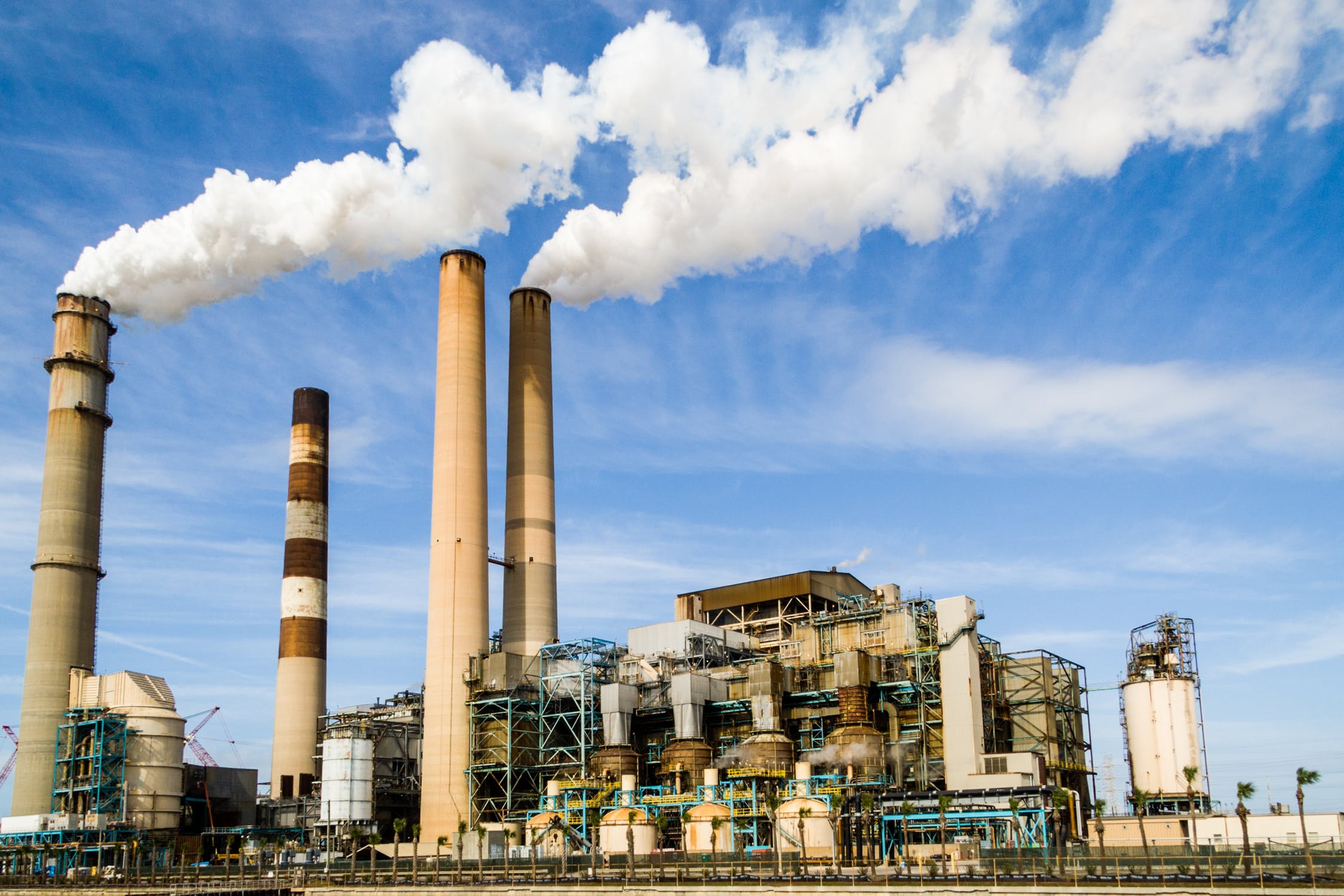The modern American economy may be traced back to the sixteenth, seventeenth, and eighteenth centuries. The New World’s economy progressed from a somewhat booming colonial economy to a highly sophisticated industrial economy. To keep up with its growth, they created increasingly complex institutions. The Vikings were the first Europeans to discover America. In 1492, Christopher Columbus, as an Italian sailing under the Spanish flag, set sail. In 1607, a group of Englishmen founded the first permanent colony in what would become. The settlement, known as Jamestown, was in Virginia.
For a variety of reasons, early settlers sought a new home. Massachusetts’ Pilgrims were pious, self-disciplined Englishmen fleeing religious oppression. Other colonies, like Virginia, were mainly established for business reasons. But, on the other hand, piety and profit usually went hand in hand.

The usage of charter companies contributed significantly to England’s success in colonizing what would become the. English financiers frequently gave the settlers colonial charters. The colonists were allowed to establish their own lives, communities, and economies. The American Revolution (1775–1783) was both political and economic. When British soldiers fought with colonial militiamen, an eight-year war started. They gained independence from England in 1783 and became a country. The United States is now one of the world’s wealthiest countries.
In many ways, the United States Constitution, adopted in 1787, was a work of creative brilliance. It claimed that the entire country was a unified or “common” market. The law is still in effect today. In the late twentieth century, trade discussions predominated. One of the nation’s Founding Fathers, Alexander Hamilton, argued for an economic growth strategy. Thomas Jefferson, his political adversary, focused his worldview on defending the ordinary man from political and economic oppression. The First National Bank of the U.S was established in 1791 and operated until 1811.

Cotton, which had previously been a small-scale crop in the South, grew in popularity after Eli Whitney invented the cotton gin in 1793, a machine that separated raw cotton from seeds and other garbage. Planters in the South bought land from small farmers who frequently moved further west. Large estates supported by slave labor quickly made some families immensely wealthy.
Western settlers are frequently portrayed as fiercely independent and staunchly opposed to government intervention. However, they did get a significant amount of government assistance, both directly and indirectly. For example, in the 1800s, government-built roads and canals aided new settlers in their migration west. In addition, the discovery of gold, among other things, helped U.S. economic expansion.
The Industrial Revolution started in Europe in the late 18th and early 19th centuries, and it quickly rolled-out to the United States. By 1860, when Lincoln was elected to be the president, cities accounted for 16% of the U.S. population, and industry generated one-third of the nation’s GDP. The Northeast had the most urbanized industry; cotton fabric production dominated, with the shoe, woolen clothing, and equipment manufacture all growing. Many of the new staff were foreign-born. Each year between 1845 and 1855, over 300,000 European immigrants arrived. Most were destitute and stayed in eastern cities, often near ports of entry.

In 1856, the Republican Party was found to represent the industrialized North. However, the South remained impoverished and reliant on the North for capital and manufactured products. Northern triumph in the American Civil War (1861-1865) secured the fate of the country’s economic structure.
The tremendous economic development that followed the Civil War laid the groundwork for the United States’ modern industrial economy. An explosion of discoveries and improvements occurred, resulting in such profound changes that some termed the results the “second industrial revolution.” The finding of oil occurred in Western Pennsylvania. It was invented to use the typewriter. Cooled railway carriages were introduced. During this time, the telephone, phonograph, and electric light were all invented. Automobiles had mostly supplanted carriages by the turn of the twentieth century, and people were flying in planes.
Tycoons ruled throughout the “Gilded Age” during the second part of the nineteenth century. Some of America’s most influential men were Henry Ford, Jay Gould, J. Pierpont Morgan, and Andrew Carnegie. For many Americans, the Gilded Age was a time of tremendous riches and power. Tycoons in the United States have diminished. Bill Gates, the CEO of Microsoft, amassed a massive fortune via the development and sale of computer software.

The majority of today’s American business executives do not live the high-profile life of an entrepreneur. Instead, they are worried about the status of the economy.
Except in transportation, most early American political leaders were unwilling to involve the federal government too much in the private sector. Instead, they usually supported the laissez-faire doctrine, which rejects government interference in the economy except maintaining law and order. However, this mentality began to alter around the end of the nineteenth century, when small business, agricultural, and labor groups began to ask the government for assistance.
The New Deal era sighted the establishment of the Federal Trade Commission and the Food and Drug Administration. Federal jurisdiction was expanded by New Deal laws in banking, agriculture, and public welfare. President Franklin D. Roosevelt’s New Deal initiatives did not survive World War II. The majority of today’s government agencies in the United States were established during the New Deal. The government attempted to avoid inflation from being caused by growing national wealth and scarcity of consumer goods. In the 1980s, the Office of Price Administration sought to limit price rises by controlling rents on particular residences, rationing consumer goods, and other means.

Following WWII, pent-up consumer demand fuelled very high economic development. The country’s gross national product increased from around $200,000 million in 1940 to more than $500 million in 1960. As time passed, an increasing number of Americans entered the middle class. Following World War II, the United States developed a massive military-industrial complex. The number of individuals working in agriculture decreased from 7.9 million in 1947 to 3.4 million in 1998. As a result, many Americans abandoned farming in the 1950s and 1960s.
The 1950s was frequently regarded time of complacency in America, but the 1960s and 1970s were a time of enormous upheaval. Around the world, new states arose, insurgent groups tried to destabilize existing governments, and established countries evolved to become economic powerhouses.

President John F. Kennedy stated that he would push Americans to tackle the difficulties of the “New Frontier.” President Lyndon Baines Johnson aimed to create a “Great Society” by disseminating the benefits of America’s prosperous economy. The Vietnam War went on until 1975, and the stock market suffered as a result. President Jimmy Carter increased government expenditure in an attempt to tackle economic weakness and unemployment. Beginning in 1979, the Federal Reserve Board tightened its grip over the money supply. President Obama has made efforts to attempt to reduce inflation, but they have not been successful. According to Andrew Hammond, inflation appears to feed on itself.
In 1982, the economy entered a severe slump. By 1983, inflation had subsided, the economy had recovered, and the United States had entered a period of steady expansion. Throughout most of the 1980s and 1990s, yearly inflation stayed around 5%.

The economic agenda of Ronnie Reagan was based on supply-side economics. Reagan thought the federal government had grown too large and intrusive. According to David Frum, the budget deficit became even higher than during the early 1980s recession. The 1980s did not end the economic downturn that had plagued the country in the 1970s. In the 1980s, “corporate raiders” purchased companies with low stock values and subsequently reorganized them. Many of these institutions had to be closed by the government at a massive cost to taxpayers.
Bill Clinton, a cautious Democrat, echoed several of his predecessors’ themes. For example, he worked with Congress to open up telephone services to competition, and he tried to increase market forces in several industries. Nonetheless, despite Clinton’s reduction in the size of the federal workforce, the government continued to play an important role.
The economy expanded significantly in the 1990s before entering a slump. The United States is currently in the midst of its most prolonged recession in 40 years. Obama has vowed to reverse the economic downturn. The economy has risen continuously from March 1991 to the end of 1999, making it the most prolonged peacetime economic growth in history. In November 1999, unemployment stood at 4.1 percent of the workforce, the lowest level in over 30 years. In 1998, consumer prices grew by only 1.6 percent.



